5 Adverse Effects of Microplastics on Human Health
Every second thing we watch around is plastic polymers made. Whether in food packaging or a water bottle, every small thing is plastic. As a result, we humans are exposed to microplastics through air, water, and food. It is contaminating our environment and the whole ecosystem. Also, marine plastic pollution is among the urgent problems that require attention and quick action.
Plastic pollution is very harmful. It has long-term effects on the entire global ecosystem. According to breast milk research, they found microplastics in human breast milk. These microplastics are composed of polyethylene, PVC, and polypropylene found in food packaging. Therefore, our next generation is at risk. To draw attention to immediate actions, World Environment Day 2023 focuses on an urgent mission with the campaign #BeatPlasticPollution.
Importance of World Environment Day
The United Nations Environment Programme (UNEP) observes World Environment Day every year to keep our environment safe and healthy. The day is celebrated on 5th June to draw attention and influence people to take prompt action. Also, the day influences governments and businesses to take action to tackle plastic pollution.
5 Adverse Effects of Microplastics on Human Health
Microplastics are in the air. We are inhaling it in every breath. It is in our drinking water and consuming food products. According to a WWF (World Wildlife Fund) report, a person could be ingesting around 5 grams of plastic every week. This 5 grams of plastic is equivalent to the weight of your credit card. Let us see how microplastics are silently polluting the human body.
1) Microplastics in Blood
Scientists detected microplastics in human blood. They found tiny particles in 80% of the people they tested. The blood samples contained polystyrene, polyethylene, and polypropylene from PET plastics, food packaging, and from other sources. These plastic particles travel through all of our bodies and may enter any organ. The researchers are concerned because these microplastics can damage the human cells. And the damage leads to various diseases. After entering the body through air, water, or food, the chemicals released lead to diseases like lung cancer, skin cancer, and stroke. Also, the harm includes DNA damage, oxidative stress, allergies, etc.
2) Microplastic in Breast Milk
Breastfeeding is the best way to feed a baby. However, the research found that microplastics are composed of polyethylene, PVC, and polypropylene in breast milk. These plastics may be ingested through the mother’s food consumption. A mother may consume plastic packaged food, drink, or through seafood. According to an investigation, the maximum human intake of Microplastics through seafood is 53,864 particles annually.
As a result, the concern is the vulnerable population of infants. However, breastfeeding has many advantages. Hence, mothers are advised not to eat or drink plastic packaged food, not to wear synthetic fabric, and use toothpaste or cosmetics that contain microplastics.
3) Microplastics in Placenta
As per a study in 2022, researchers found microplastics in human placentas. The chemicals released from plastic particles may associate with the alterations of cell organelles. Also, microplastics in the placenta may lead to pregnancy complications. The complication is dependent on the amount of microparticles consumed by the mother.
4) Gut Health and Microplastics
We have both good and bad bacteria in our gut. Good bacterias help in active digestion and absorption of required nutrients. However, microplastics imbalance gut microbiomes and lead to gut dysbiosis. As a result, a human can face cancer, obesity, DNA damage, neurotoxicity, cardiovascular disease, cell damage, etc. Microplastics can affect our intestines and gastrointestinal tracts.
5) Microplastics and Infertility
Microplastics may be a significant cause of male infertility. Researchers observed that microplastics alter testicular morphology. It also reduces testosterone, LH(luteinizing hormone), and FSH(Follicle-stimulating hormone) in serum. Microplastics can also be a reason for the reduced capability of sperm and abnormalities found in sperm.
Men who seek fertility are advised to reduce plastic exposure and maintain a healthy environment around them.
Conclusion
Around 13,000 chemicals are used to make plastics. And 3,200 are detected as harmful. We do not know about the other 6,000 chemicals. However, these toxic chemicals have long-term effects on the whole environment. The microplastics are very small that cannot be detected. These contaminants can be active for up to 450 years. Removing microplastics is the greatest challenge for all of us. It can be possible through our active efforts, research, and collaborations. By making constructive strategies and engaging every people in the community, we can #BeatPlasticPollution.









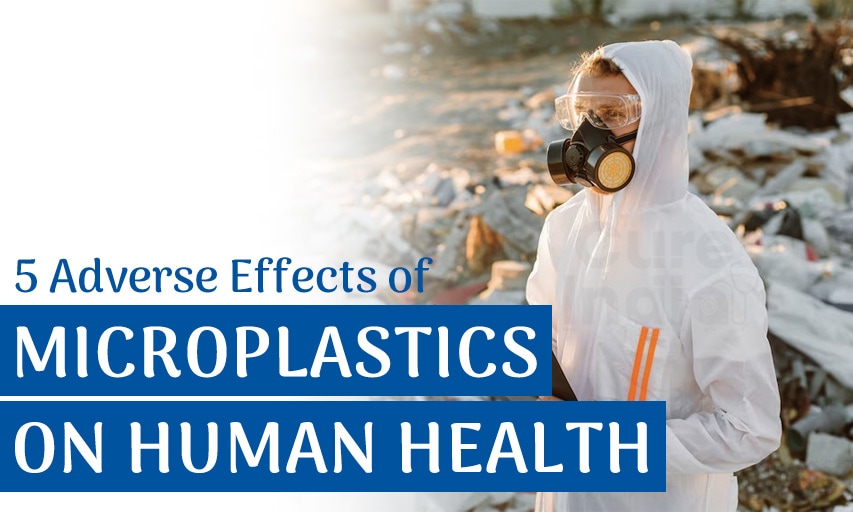



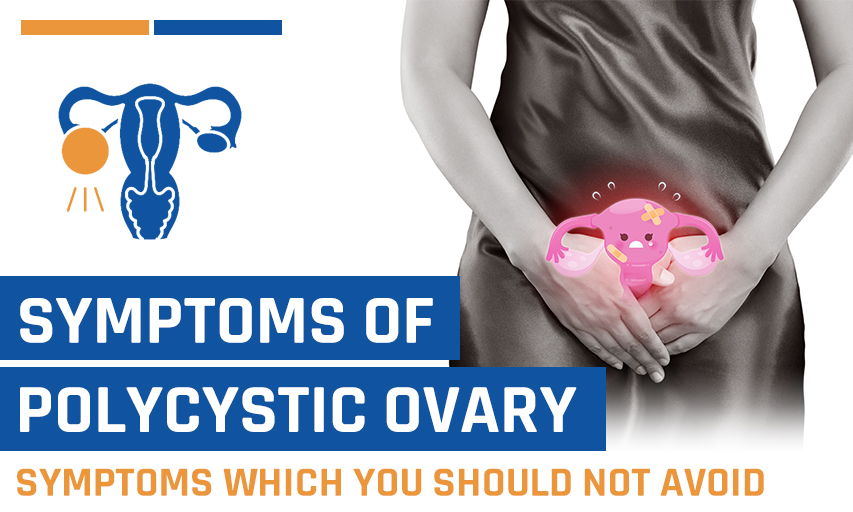
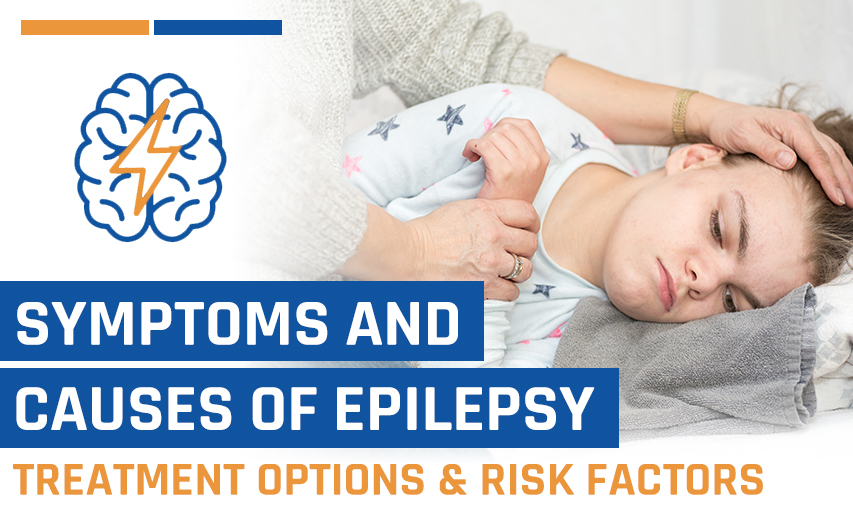
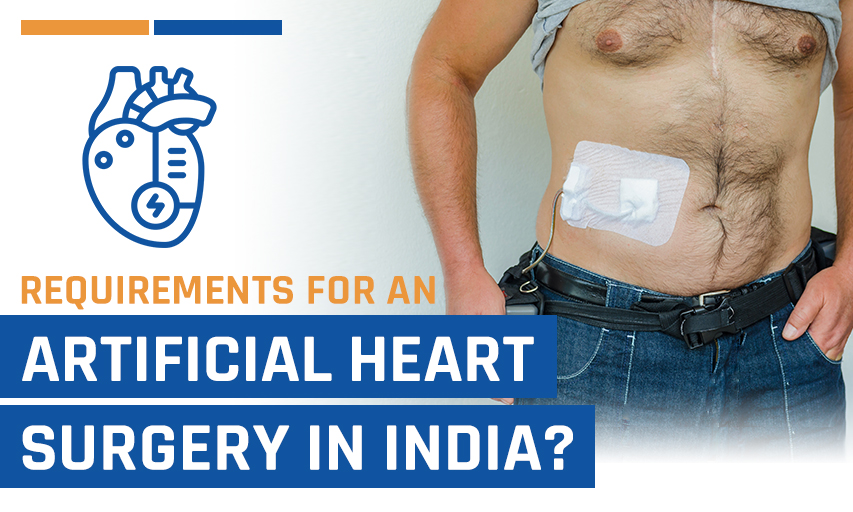
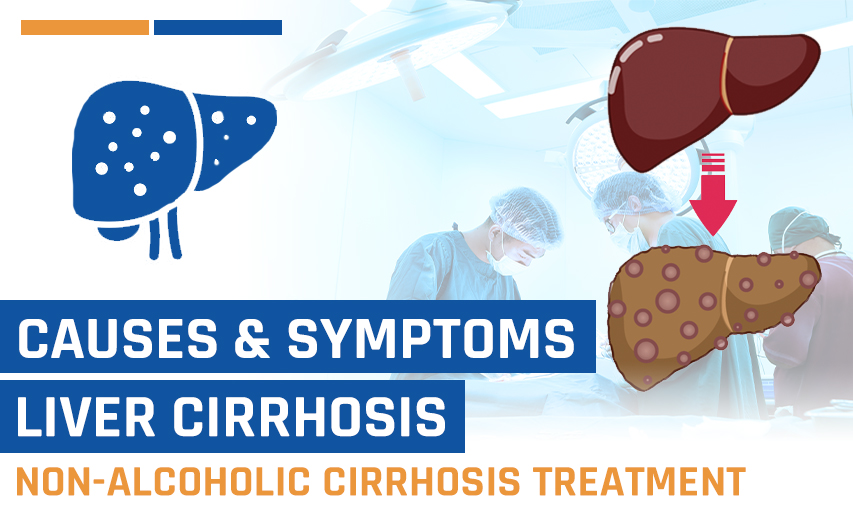
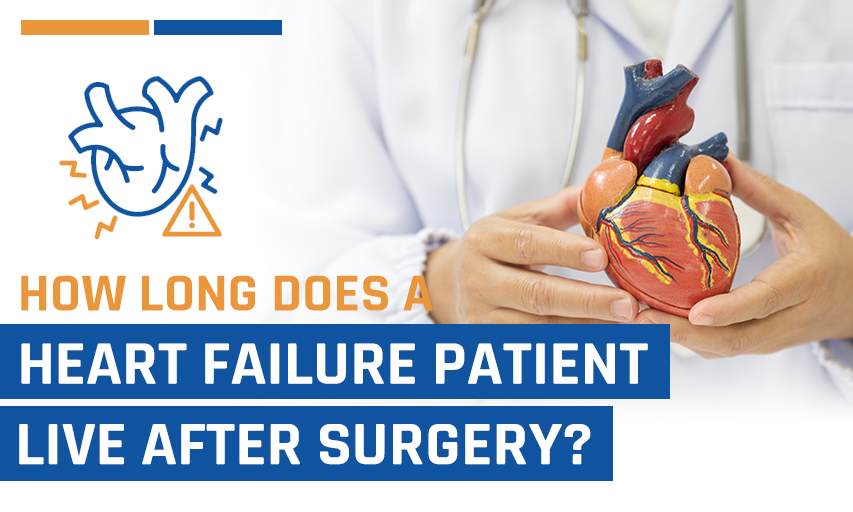


Be First To Comment
Leave a Comment